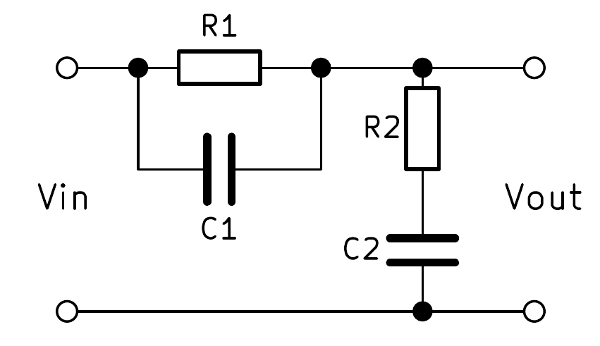What is Decibel System
Definition and examples
What is Decibel System? The decibel (dB) is a logarithmic unit used to measure sound level. It is also widely used in electronics, signals and communication. The dB is a logarithmic way of describing a ratio. The ratio may be power, sound pressure, voltage or intensity or several other things. Later on we relate dB to the phon and to the sone, which measures loudness. But first, to get a taste for logarithmic expressions, let’s look at some numbers.
For instance, suppose we have two loudspeakers, the first playing a sound with power P1, and another playing a louder version of the same sound with power P2, but everything else (how far away, frequency) kept the same.
Using the decibel unit, the difference in sound level, between the two is defined to be
10 log (P2/P1) dB where the log is to base 10.
If the second produces twice as much power than the first, the difference in dB is
10 log (P2/P1) = 10 log 2 = 3 dB (to a good approximation).
This is shown on the graph, which plots 10 log (P2/P1) against P2/P1. To continue the example, if the second had 10 times the power of the first, the difference in dB would be
10 log (P2/P1) = 10 log 10 = 10 dB.
If the second had a million times the power of the first, the difference in dB would be
10 log (P2/P1) = 10 log 1,000,000 = 60 dB.
This example shows a feature of decibel scales that is useful in discussing sound: they can describe very big ratios using numbers of modest size. But note that the decibel describes a ratio: so far we have not said what power either of the speakers radiates, only the ratio of powers. (Note also the factor 10 in the definition, which puts the ‘deci’ in decibel: level difference in bels (named for Alexander Graham Bell) is just log (P2/P1).)
Sound pressure, sound level and dB. Sound is usually measured with microphones and they respond proportionally to the sound pressure, p. Now the power in a sound wave, all else equal, goes as the square of the pressure. (Similarly, electrical power in a resistor goes as the square of the voltage.) The log of x2 is just 2 log x, so this introduces a factor of 2 when we convert pressure ratios to decibels. The difference in sound pressure level between two sounds with p1 and p2 is therefore:
= 20 log (p2/p1) dB
= 10 log (p22/p12) dB
= 10 log (P2/P1) dB (throughout, the log is to base 10).
The Decibel System
These system of logarithmic measurement is widely used in audio, radio, TV and instrument industry for comparing two voltages, currents or power levels. These levels are measured in a unit called bel (B) or decibel (dB) which is 1/10th of a bel.
Suppose we want to compare the output power P0 of a filter with its input power Pi. The power level change is
= 10 log10th P0/Pi dB
It should be noted that dB is the unit of power change (i.e. increase or decrease) and not of power itself. Moreover, 20 dB is not twice as much power as 10 dB.
However, when voltage and current levels are required, then the expressions are:
Current level = 20 log10 (I0/Ii) dB
Similarly, voltage level = 20 log V0/Vi dB
Obviously, for power, we use a multiplying factor of 10 but for voltages and currents, we use a multiplying factor of 20.
AdBlock-2
Value of 1 dB
It can be proved that 1 dB represents the log of two powers, which have a ratio of 1.26.
1 dB = 10 log10 (p2/p1) or
= log10 (p2/p1) = log10[1/10] = log10[0.1]
= Thus the dB change equals: 100.1 = 1.26
Hence, it means that + 1 dB represents an increase in power of 26%.
Read article – Different kind of Filters
Visit NCERTplanet.com for NCERT solutions and Textbook downloads




